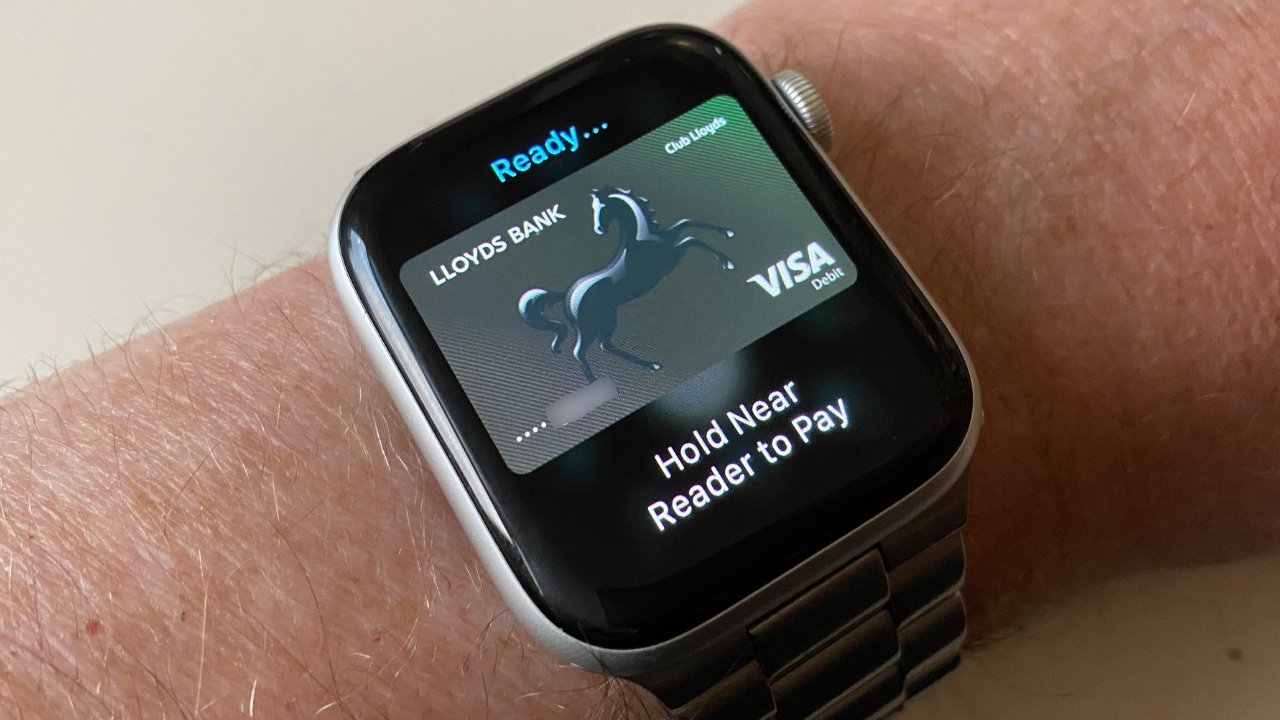Apple objects to Australia plan to regulate Apple Pay
Australia is set to treat digital wallet apps such as Apple Pay under the same regulations as credit cards, but Apple says this will "stifle innovation."

Apple Pay on an Apple Watch
Apple has previously said that it sees the proposed regulation is "contrary... to greater competition." According to ABC News in Australia, however, now that the law is expected to be implemented shortly, Apple has also argued that it will lead to mistakes.
"Apple believes the proposed expansion... will increase regulatory burden without aa net public benefit, give rise to... regulatory error," said Apple in a statement, "and stifle the dynamic innovation that has characterised Australia's payment system over recent years."
It's primarily the same argument that Apple has used before, where it has compared Apple Pay to a physical wallet.
"Apple Pay can only operate with an existing debit, credit or prepaid card issued by a third party," continued the statement. "Apple does not have access to a cardholder's account to determine whether funds are available... in offering Apple Pay, Apple does not collect any transaction information."
Releasing draft regulation, Australia's treasurer, Jim Chalmers said that the law was to ensure transparency around charges.
"As payments increasingly become digital, our payments system needs to remain fit for purpose so that it delivers for consumers and small businesses," Chalmers said in a statement. "We want to make sure the shift to digital payments occurs in a way that promotes greater competition, innovation and productivity across our entire economy."
Separately, Australia's second-largest bank, Westpac, became the last of the country's banks to support Apple Pay in 2020. At the time, some 10% of card transactions in Australia were done through digital wallets, and ABC News says that has now risen to around 35%.
Read on AppleInsider

Comments
Everyone worldwide is fine with socialism and spending as long as it is on their terms.
The banks want 100 percent of their fee, not 99.97 percent of their fee. This was their principle objection to Apple Pay (et al) from the get go, and now that it has been implemented of course people are using digital wallets like crazy (10 percent in the first year, and 35 percent of all transactions now, three years later).
Monopolists hate it when innovators enter the mix.
it is just Chalmers trying to give a leg up and line the coffers of his corporate banking mates. Chasm has it exactly right.
and Danox, it is a form of socialism, true. Corporatism, with Big Government in bed with Big Business and Big Union.
Australian Government needs to concentrate on issues that matter not adding yet more legislation that stifles competition - again. Shine on. This Government has no interest in protecting the consumer, its more interested in feeding the unions and helping the banks.
A $1000 purchase would net Apple $1.50 on a 0.15% transaction fee. I have no idea how you've managed to get that so wrong, you've tied yourself up in knots.
My reading and math skill is fine. Check your own, and maybe try being less of a bloviated ass to people who you don't know next time.
You were right when you said:
Everything else was just gobbledigook.